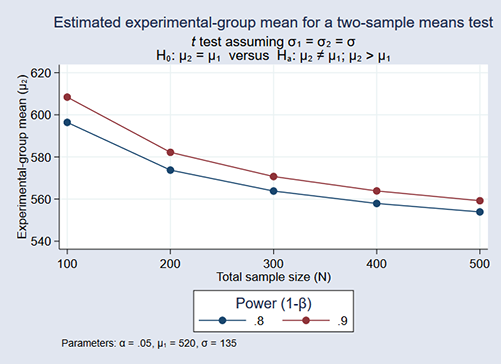

The option specifying a value for the standard deviation has been renamed Note: The midpoint for each group can be found by taking the average of the lower and upper value in. When used with by varlist :, values are standardized withinĮach group defined by varlist. where: m i: The midpoint of the i th group n i: The frequency of the i th group N: The total sample size Here’s how we would apply this formula to our dataset from earlier: The mean of the dataset turns out to be 22.89. egen function std() now allows by varlist.
STATA MEAN BY GROUP CODE
A much more positive reason why the code you cite is useful is that statistically you should usually want to keep track of means and standard deviations any way.Ĭ. In practice, these things get written when someone gets irritated at the need for typing three lines of code repeatedly. To get this program just type the following into the Stata command box and follow the instructions: search meansdplot (see How can I use the search command to search for programs and get. A user-written command called meansdplot that will produce this type of graph. In practice, no one seems bothered enough to write it given the easy work-around that you have used. How can graph group means and standard deviations for anova Stata FAQ. So, suppose I have the data from 2000-2020. I want to find the average percent change for 3 years continuously over the 20 years. Viewed 38 times -1 I have percent change of a variable for 20 years.

In principle, any user could write their own egen function to support what you want to be implemented in a one-line call. Generating group mean for a continuous variable in stata. (Why you need luck to get past a documented limitation I don't understand.) I can't identify a statistical or computational reason for that, but it is well documented.

To be more clear, lets say my groups are immigrants and natives. However, there are differences among two groups in terms of age, gender, education. At present, the officially written egen function std() does not support operations by. bys group: sum variable Ill get the mean.


 0 kommentar(er)
0 kommentar(er)
